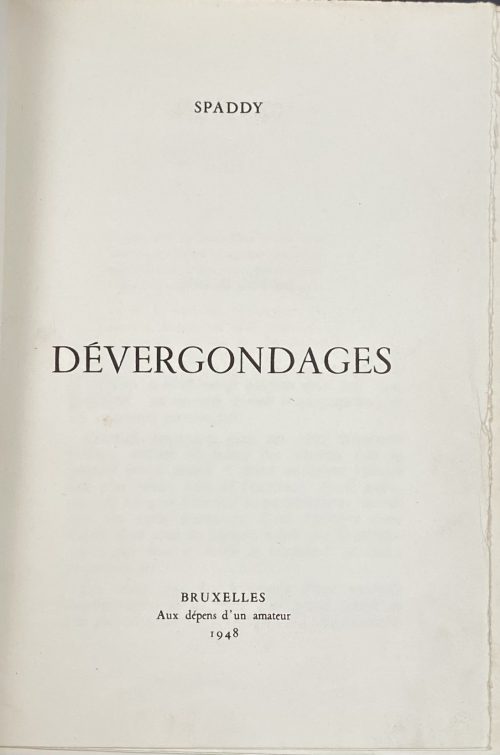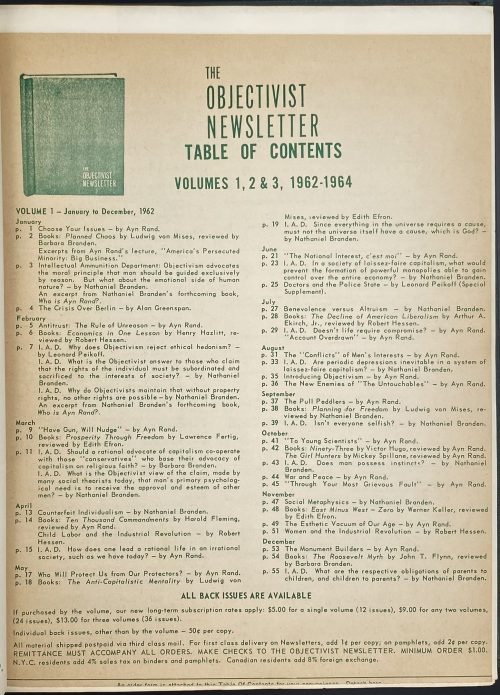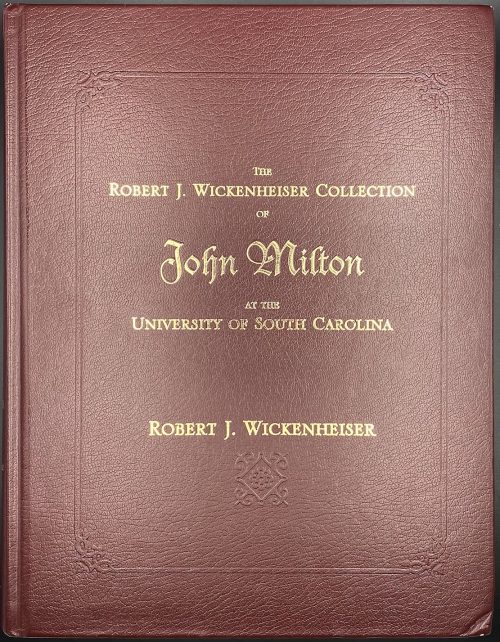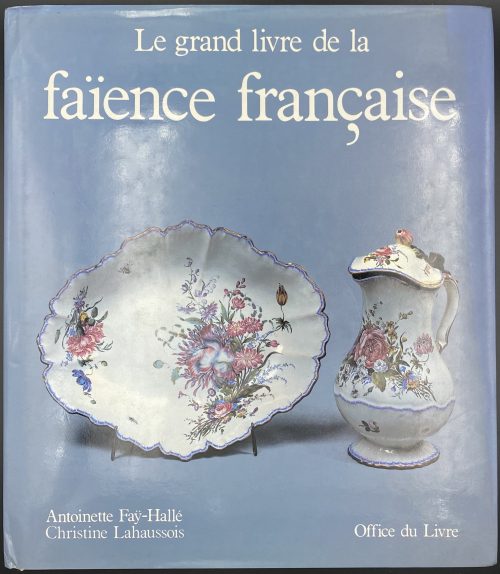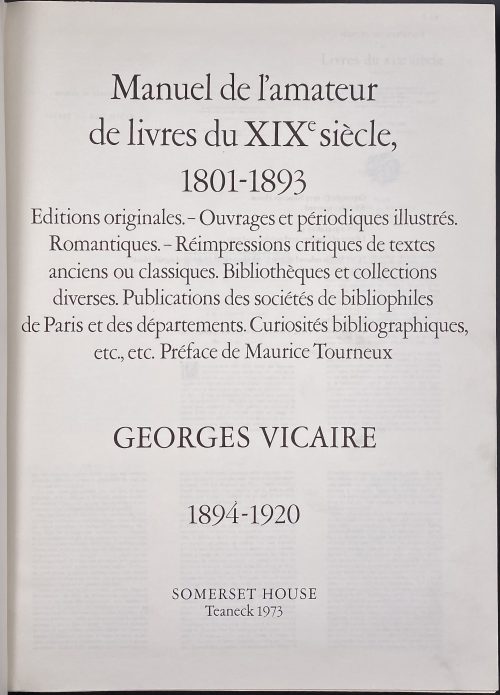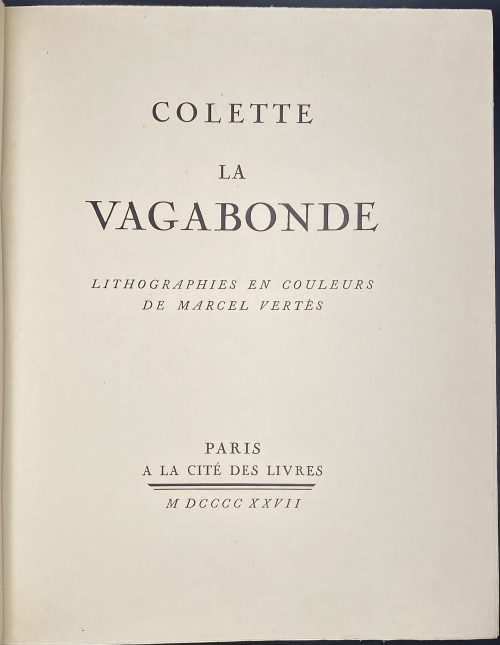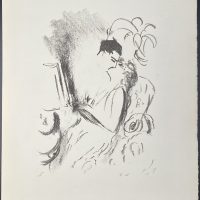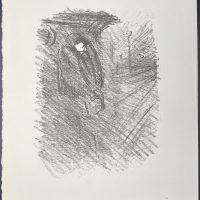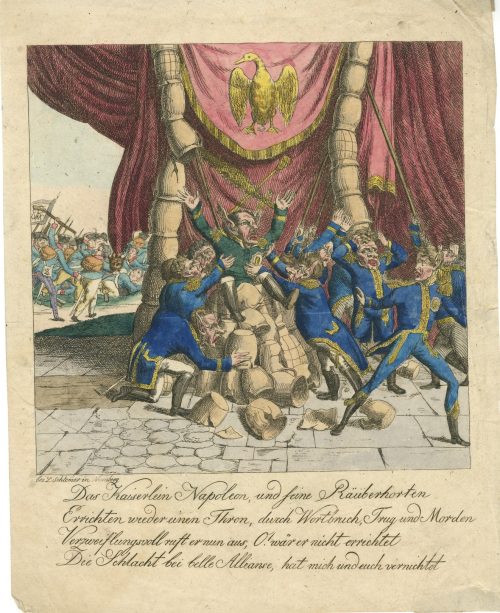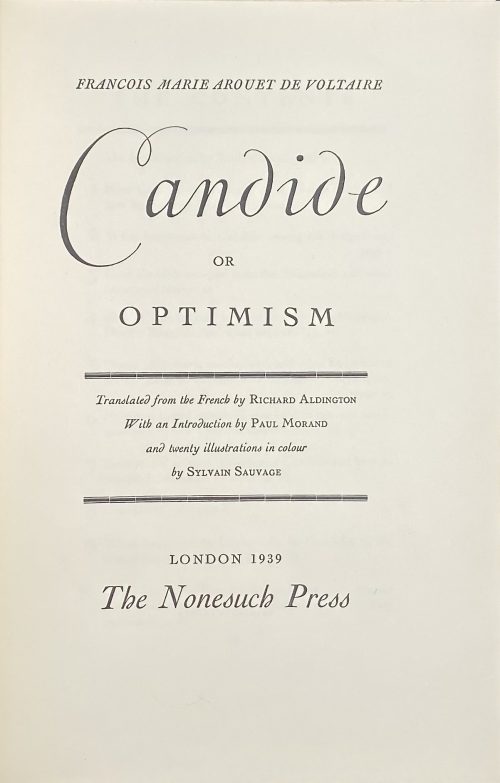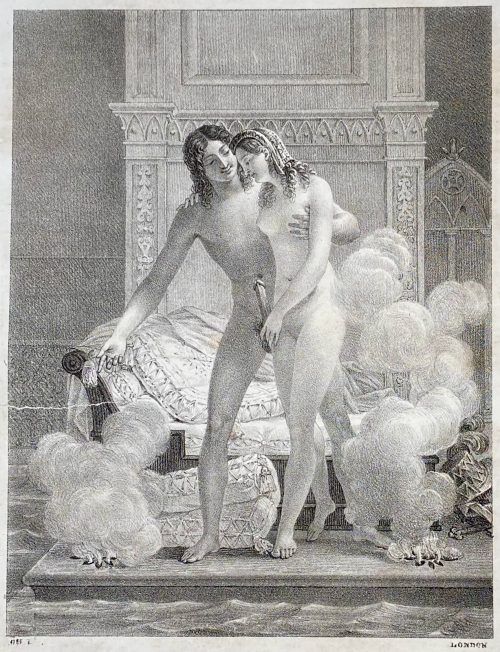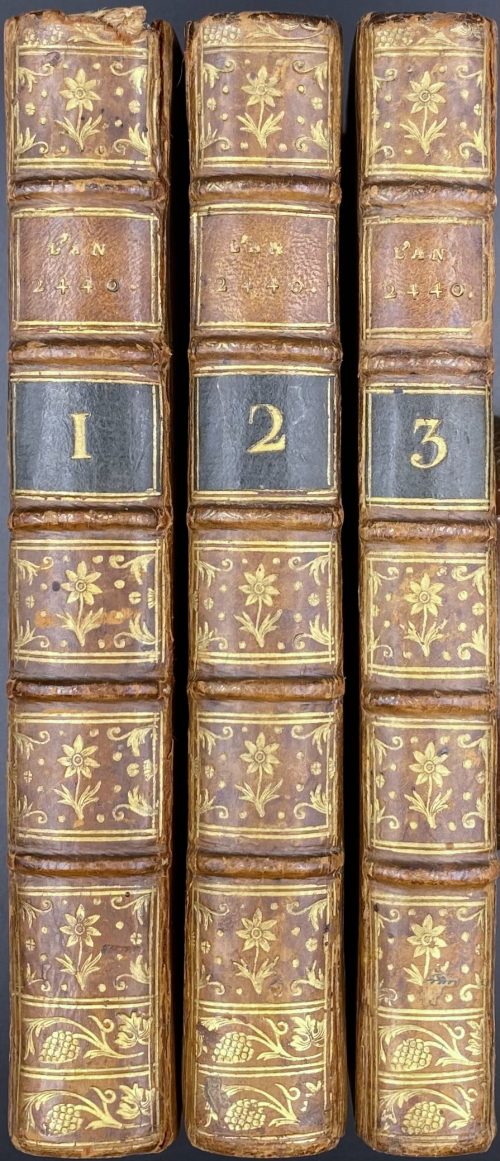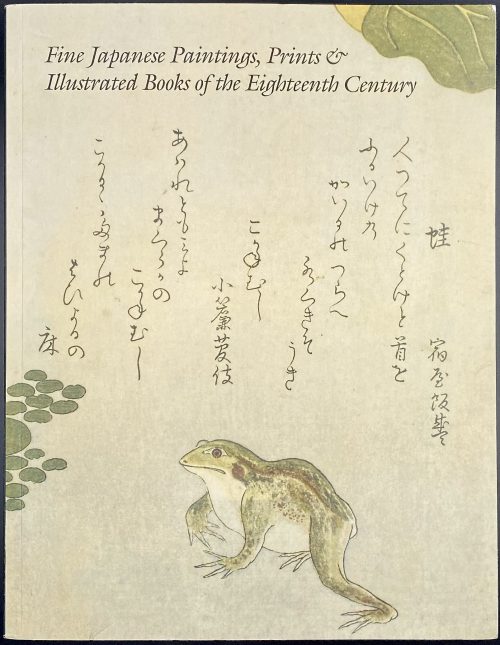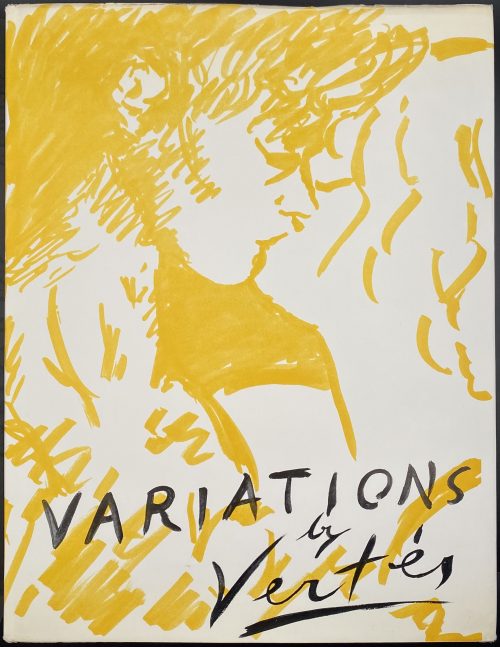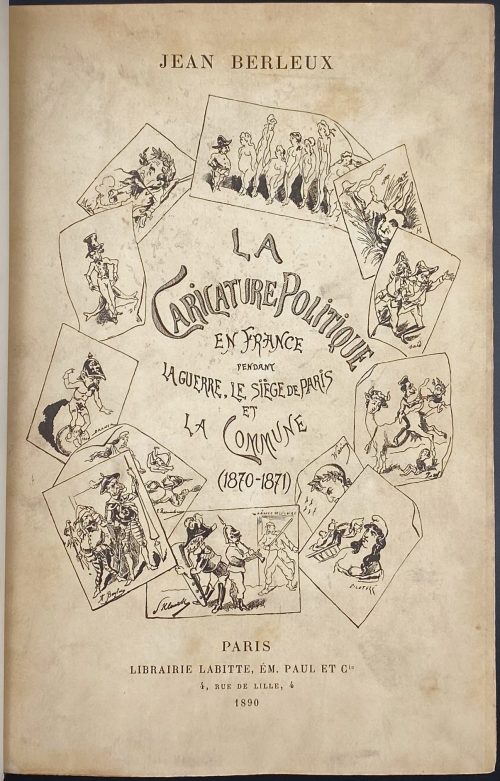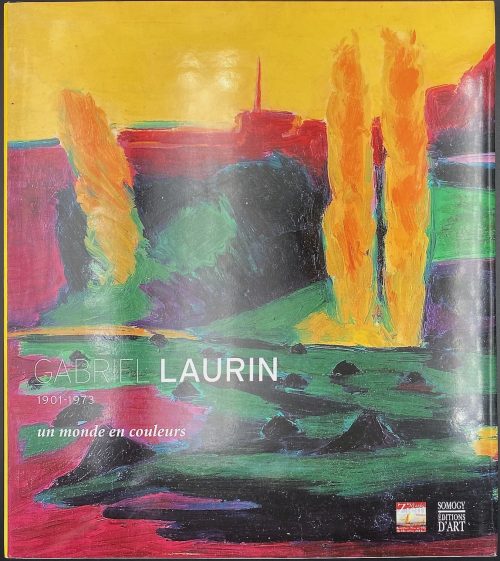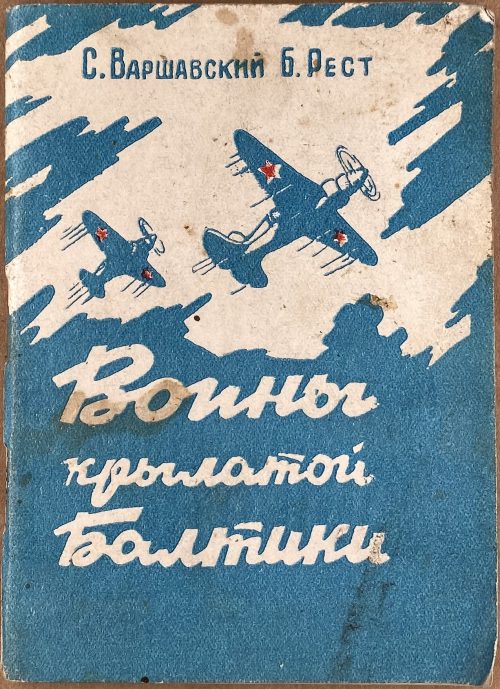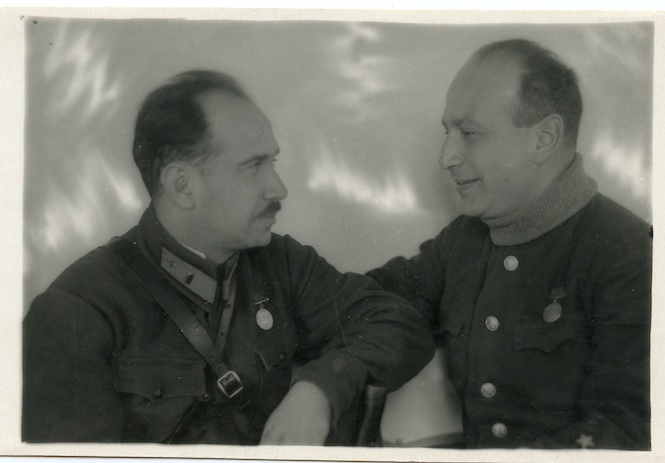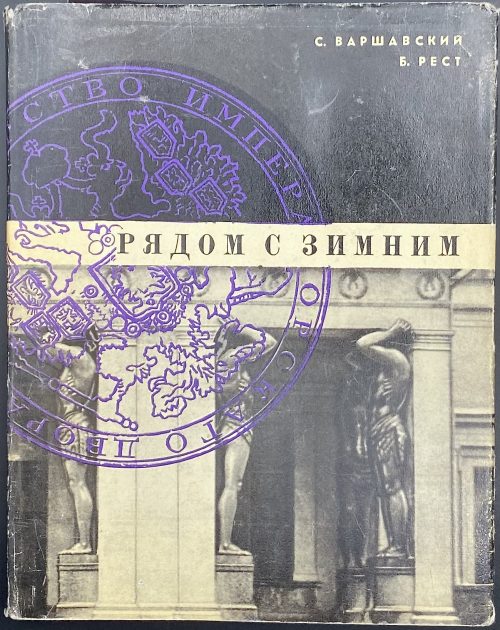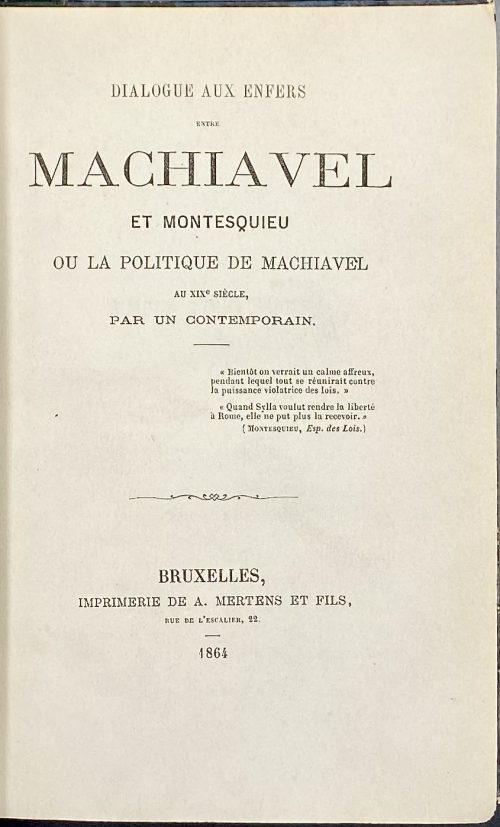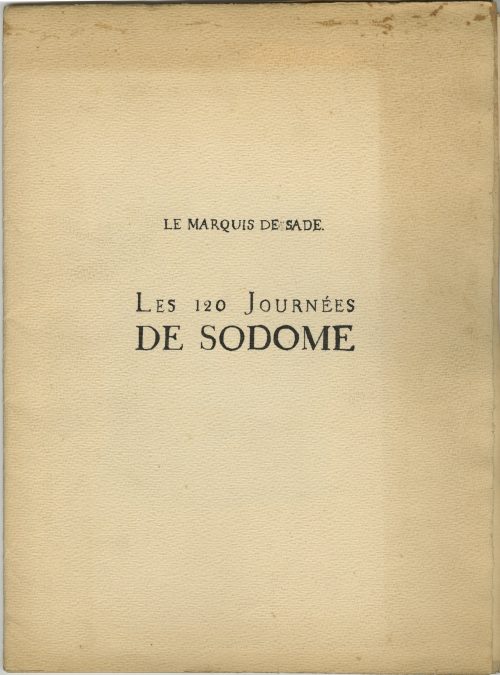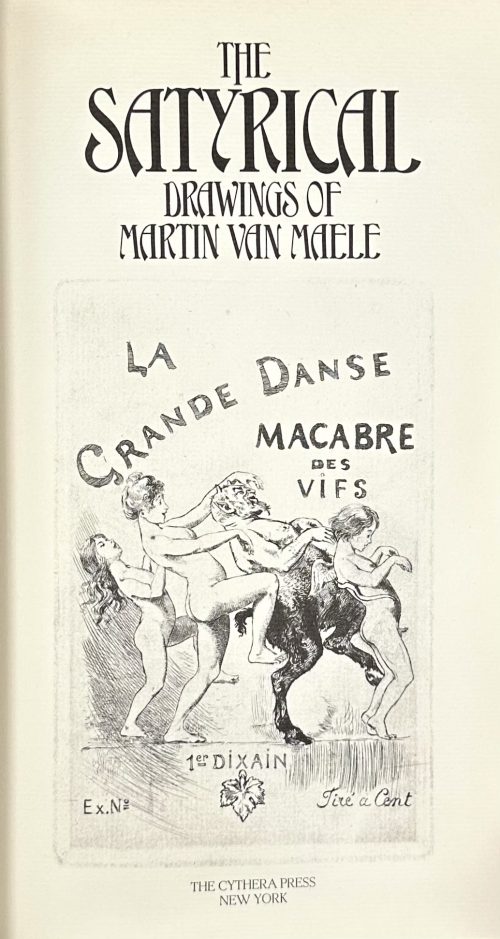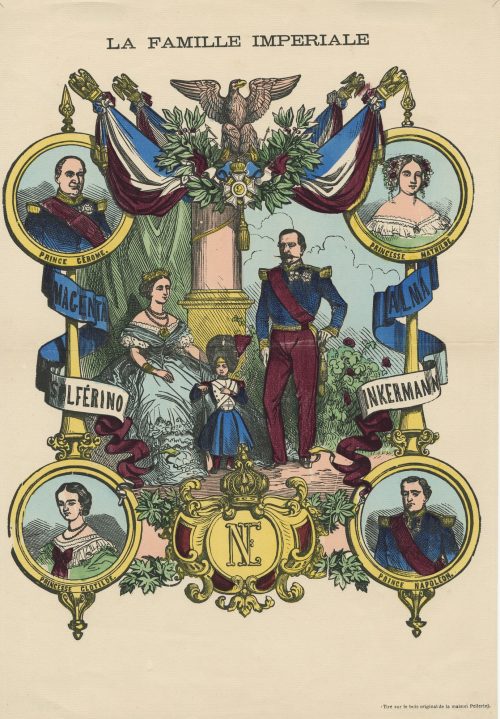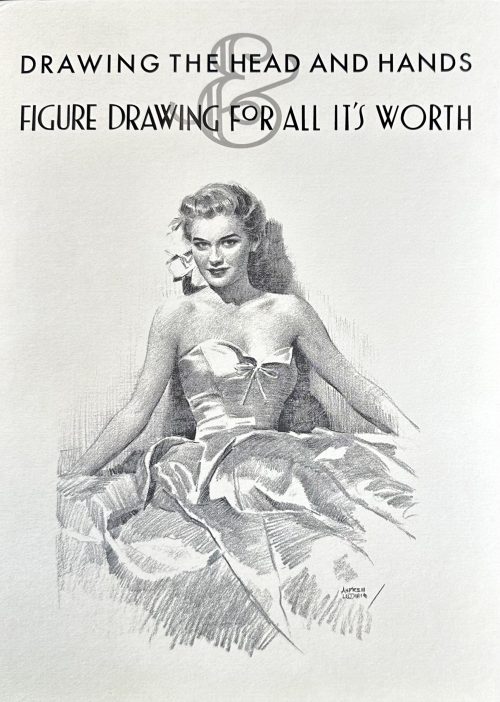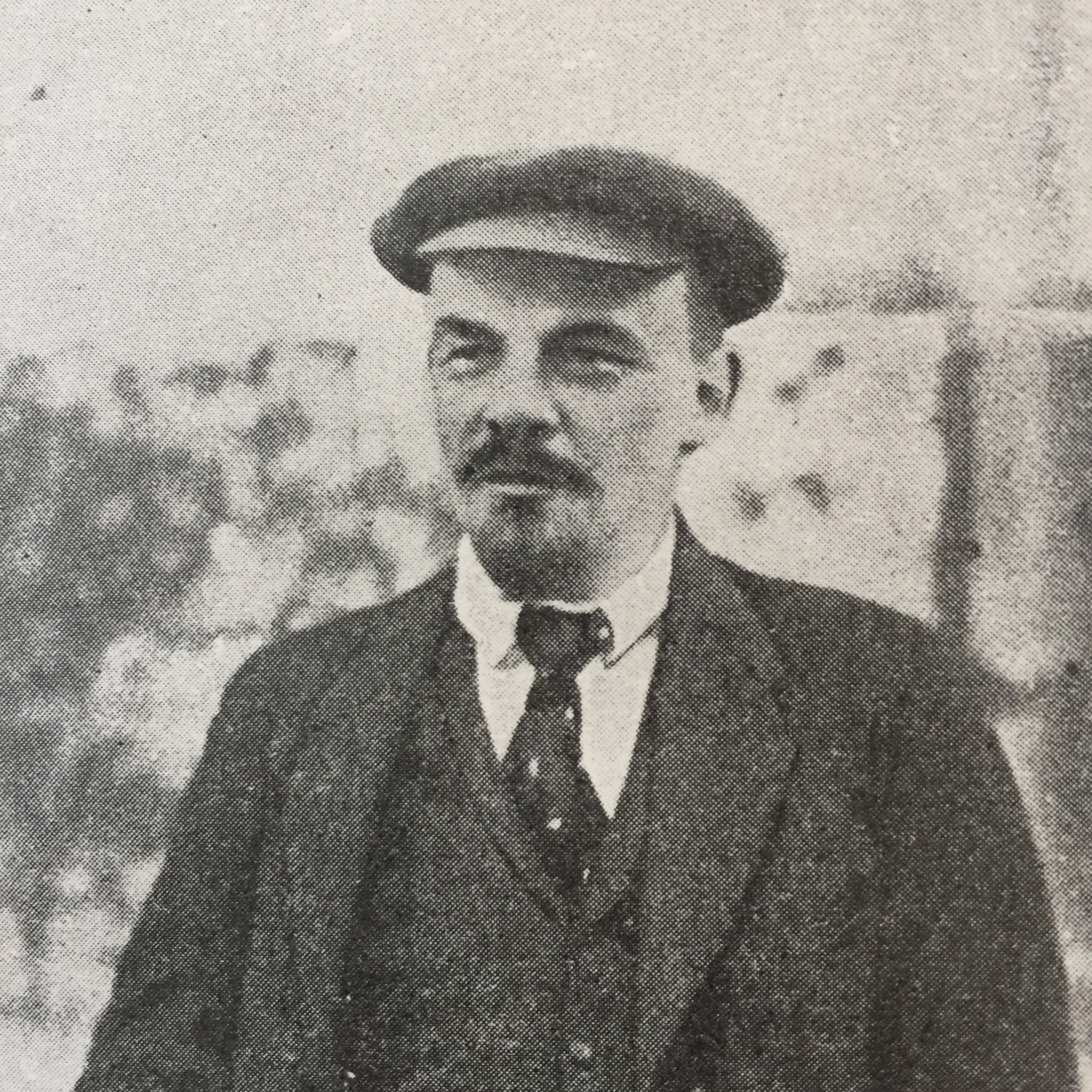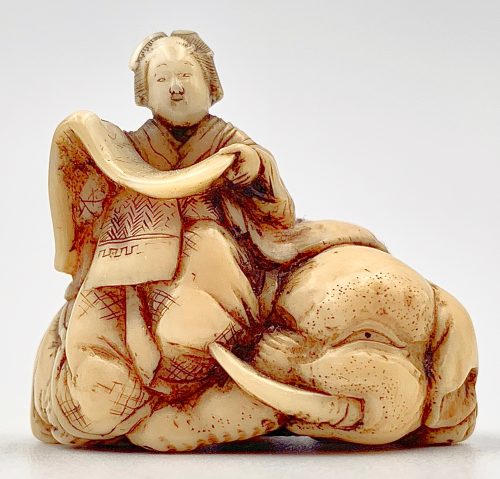Hardcover volume 28.5 x 19 cm, bound in brown wrinkled buckram with framed gilt lettering and fleurons to front and framed gilt lettering to spine, in a pictorial dust jacket, green and yellow floral diaper endpapers, printed on laid paper, bottom and outer margins untrimmed.
Collation: Eight unnumbered pages of text in English, incl. bibliography, plus 45 unnumbered leaves of plates (photomechanical) with captions in French.
Facsimile reproduction of the published in ca. 1907-1908 ‘
La grande danse macabre des vifs’, which can be loosely translated as ‘The great strange dance of life’ or ‘The great dance of death by the living’.
Title-page: THE |
SATYRICAL | DRAWINGS OF | MARTIN VAN MAELE | {vignette} | THE CYTHERA PRESS NEW YORK ||
SELECTED BIBLIOGRAPHY OF MAURICE FRANÇOIS ALFRED MARTIN VAN MAËLE [MARTIN VAN MAËLE] (FRENCH, 1863 – 1926)
(ANONYMOUS). Sweet Seventeen. — Paris: Charles Carrington, 1910.
ANSON, MARGUERITE. Une Société de flagellantes. — Paris: Charles Carrington. 1902. 31 illustrations by Van Maele and A. Lambrecht. Translation of The Merry Order of St. Bridget.
APULEUS, LUCIUS. Les Métamorphoses, ou l’âne d'or. — Paris: Charles Carrington, 1905. Translation of
The Golden Ass. The same Van Maele plates were probably used by the publisher for his English translation of the same work (Paris, 1904).
ARETINO, PIETRO. Les Dialogues. 2 volumes. — Paris: Au Cabinet du Livre. 1927. Only the textual illustrations are by Van Maele. The other plates are by Viset. This is believed to be the Iast book that Van Maele illustrated.
DESROIX, JACQUES. La Gynécocratte. — Paris: Charles Carrington, 1902. Translation of
Gynecocracy.
FRANCE, ANATOLE. Thaïs. — Paris: Charles Carrington, 1901. English translation.
JUSANGE. PIERRE DE. La Comtesse au foulet. — Paris: Collection des Orties Blanches, s.d.
SACHER-MASOCH. La Vénus a la fourrure. — Paris: Charles Carrington, 1902.
VAN MAELE, MARTIN. La Grande Danse macabre des vifs. — Paris: Charles Carrington, ca. 1907-8.
VERLAINE, PAUL. La Trilogie érotique. — Paris: Charles Carrington, 1907. Reprinted, Brussels, 1931. The original edition is rare.
VILLIOT, JEAN DE. Camille et moi. — Paris: Charles Carrington, 1904. Translation of
Frank and I.
VILLIOT, JEAN DE. Dix-sept ans. — Paris: Librairie des Bibliophiles Parisiens, Charles Carrington, 1905. Translation of
Sweet Seventeen.
VILLIOT, JEAN DE. La Flagellation amoureuse. — Paris: Charles Carrington. 1904.
VILLIOT, JEAN DE. La Flagellation des femmes en Allemagne. — Paris: Charles Carrington. 1901. Translation of
Nell in Bridewell.
VILLIOT, JEAN DE. Volées de bois vert. — Paris: Librairie des Bibliophiles Parisiens, Charles Carrington, 1905.
(ANONYMOUS): Flèches de plomb.
BAUDELAIRE, CHARLES. Les Fleurs du mal.
BERANGER. Chansons érotiques.
CHODER LOS DE LACLOS. Les Liaisons dangereuses. — Paris: 1908.
GAUTIER, THEOPHILE. Lettre au Président.
HARAUCOURT. Légende des sexes. — Paris, 1908.
MICHELET, JULES. La Sorcière. — Paris, 1911.






